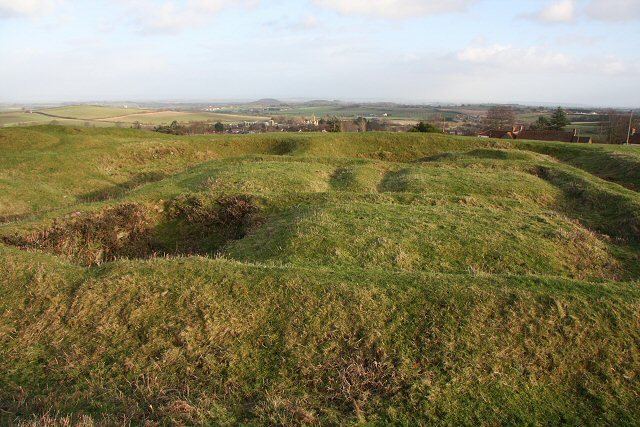Type Motte and bailey | Condition Earthworks remain | |
 | ||
Hours Open today · Open 24 hoursTuesdayOpen 24 hoursWednesdayOpen 24 hoursThursdayOpen 24 hoursFridayOpen 24 hoursSaturdayOpen 24 hoursSundayOpen 24 hoursMondayOpen 24 hoursSuggest an edit Similar Dowsborough, Coleridge Cottage, Alfoxton House, Castle Neroche, Bridgwater Bay | ||
Stowey Castle (or Nether Stowey Castle known locally as The Mount) was a Norman motte-and-bailey castle, built in the 11th century, in the village of Nether Stowey on the Quantock Hills in Somerset, England. It has been designated as a Scheduled Ancient Monument.
Details
The Castle is sited on a small isolated knoll of Leighland Slates of the Devonian series, about 390 feet (119 m) high. It consisted of a square keep, (which may have been stone, or a wooden superstructure on stone foundations) and its defences, and an outer and an inner bailey. The mount is 29 feet (9 m) above the 6 feet (2 m) wide ditch which itself is 7 feet (2 m) deep. The motte has a flat top. Central area occupied by approximately square foundations 33 feet (10 m) by 33 feet (10 m) with internal divisions.
Alfred of Spain is the Norman Lord of Stowey recorded in Domesday and the building of the castle is normally attributed to him or to his daughter Isabel. The earliest written reference to the castle is in a forged charter of 1154.
The top of the motte was excavated by amateurs in the 19th Century but no record was made of any finds. The mounds around the top of the motte are assumed to be spoil heaps from these excavations to clear the foundations of the keep, although it has also been suggested that they may be the remains of towers. The blue lias rubble foundations are the only visible structural remains of the castle which stood on the conical motte surrounded by a ditch approximately 820 feet (250 m) in circumference.
The castle was destroyed in the 15th century, which may have been as a penalty for the local Lord Audley's involvement in the Second Cornish Uprising of 1497 led by Perkin Warbeck. Some of the stone was used in the building of Stowey Court in the village.
